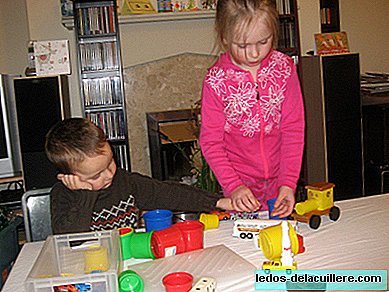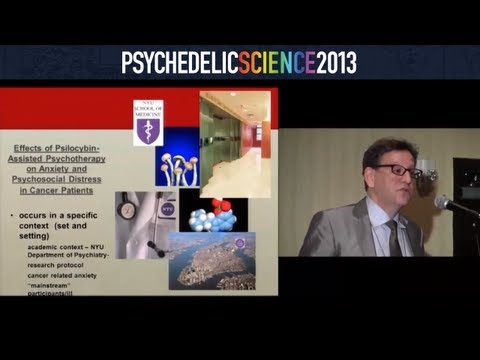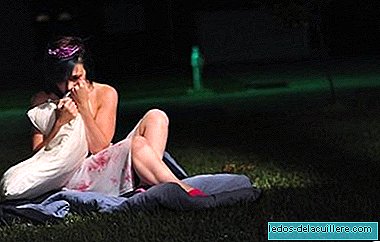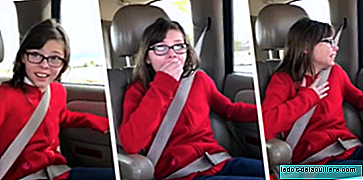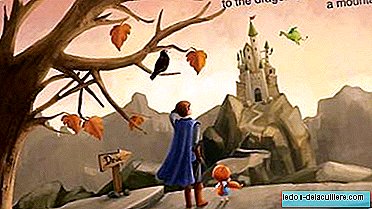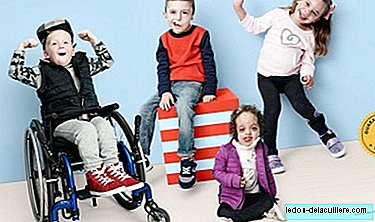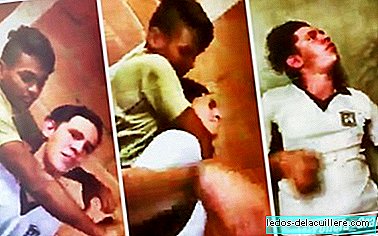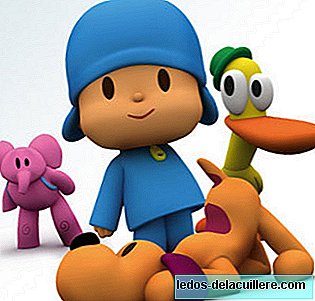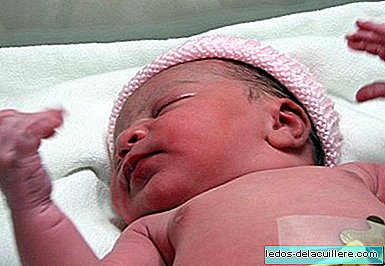
A few days ago we saw what were the first physical examinations of the newborn, tests that are performed on the baby shortly after birth to detect possible health problems. Today we focus on another aspect that evaluate the first explorations to the newborn, the primary reflexes.
We remember that the primary reflexes of babies are automatic reactions triggered by a stimulus. Setrata of "primitive" reflexes, automatic and mechanical responses of the central nervous system to stimuli that occur before the development of voluntary movements.
These reflexes are used in pediatrics to evaluate the development of the baby, because if any of them is not shown (or on the contrary it remains too long) it can be indicative of anomalies. Let's see the reflexes in the baby's first scan.
The reflexes in the baby's first scan
Palmar grip reflex, also called Darwinian reflex: it is verified that when touching the palm of the baby's hand, when he notices something, he closes his hand clutching tightly. This reflex occurs from birth and lasts up to four or five months of the baby. The test would detect motor development abnormalities.
Moro reflex, also called startle response or hug reflex. His name comes from the pediatrician who discovered and popularized him, Ernst Moro. The baby is placed on a padded surface, he takes his head and drops it, holding it before the end of his fall. The child reacts by opening his eyes and arms due to the startle. This reflex begins to weaken after three months of the baby. The test would detect damage to the brain, spinal cord, clavicles or nerves that run around the neck and shoulders.
Galant reflex or incursion of the trunk. The child is placed face down and points parallel to the spine are pressed. The baby curves its back and turns slightly in the direction from which the stimulus comes. It is a reflex present during the first four months of the baby and its absence would reveal neurological damage.
Plantar grip reflex: if we touch the sole of the foot, the baby reacts by closing it, as in an attempt to grip. It is the most lasting reflex in time, it remains until nine to twelve months of the baby. As in the case of palmar grip, this test would detect motor development abnormalities.
Automatic gait reflex, automatic gait reflex or primitive gait reflex. It consists in that, when the baby is held by the armpits and is placed on a straight plane, this from the stimulation on the soles of the feet flexes or stretches his legs alternately as if he wanted to walk, with movements reminiscent of the march . It lasts approximately until two months of life and its absence would reveal motor development abnormalities.
Search reflex or turning: when the baby's cheek is caressed, he turns his head looking for food and begins to suck (sucking reflex). The search reflex lasts about four months and the suction reflex two months (from there the action is carried out voluntarily). It would detect anomalies in psychomotor development.
In short, this first scan of newborn reflexes Determine if the baby is in perfect condition to react as expected against the different stimuli posed in each test, detecting any abnormality early.


